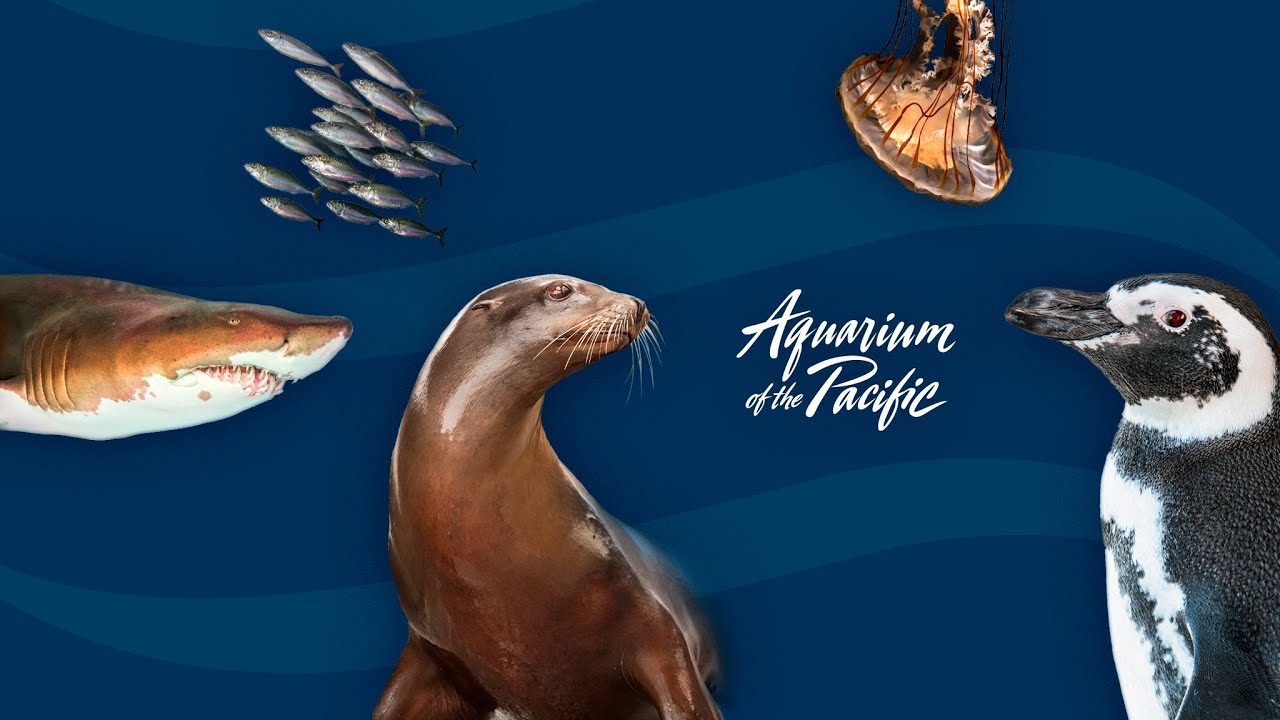- Exploring the fascinating life of crustaceans
- The role of crustaceans in aquatic ecosystems
- Conservation efforts for crustacean habitats
- Educational approaches to teaching children about crustaceans
Crustaceans are essential to marine and freshwater environments, exhibiting incredible diversity in form and function. From the tiny copepods that form a significant part of the ocean’s zooplankton to the formidable size of the Japanese spider crab, these organisms offer a fascinating study for anyone interested in zoology. This article aims to shed light on the lives of crustaceans, emphasizing their ecological roles, the challenges they face, and how educational programs like “Cool as a Crustacean” can engage young learners in Grades K-5 with the wonders of the natural world.
Crustaceans fulfill critical roles in their ecosystems. They serve as key players in the aquatic food web, acting as predators and prey. Many species are scavengers, cleaning up dead matter and contributing to the nutrient cycle. This biological processing helps maintain the health and balance of aquatic environments. By understanding these roles, students can appreciate the importance of crustaceans beyond their interesting appearances.
However, crustacean habitats, like many other parts of the natural world, are threatened by human activities. Pollution, habitat destruction, and climate change are pressing issues that endanger the delicate balance of marine and freshwater ecosystems. The survival of crustaceans and the larger environmental integrity depend on effective conservation strategies. Highlighting these challenges presents an opportunity to discuss humans’ impact on the planet and the importance of conservation work.
Education plays a pivotal role in conservation efforts. Programs aimed at younger audiences, such as “Cool as a Crustacean,” help to spark an early interest in wildlife and environmental stewardship. Engaging children with the exciting aspects of crustacean biology and ecology encourages a deeper understanding of biodiversity and the need to protect it. Such educational initiatives are critical in fostering a sense of responsibility toward environmental preservation from a young age.
Addressing these themes requires a careful balance of technical detail and accessible language to ensure the content is informative and engaging. This approach aids in demystifying scientific concepts and emphasizes crustaceans’ relevance to their ecosystems and human interests. Educators can use various tools, including videos, hands-on activities, and interactive discussions, to enhance understanding and retention of the subject matter.
Examining the life of crustaceans, their ecological importance and the conservation challenges they face make it clear why these creatures are more than just mere water inhabitants. They are vital components of their environments, deserving our attention and protection. Educational programs highlighting these aspects can ignite a lasting interest in biology and conservation among young learners. Through initiatives like “Cool as a Crustacean,” children can embark on a journey of discovery, learning not only about crustaceans but also about the broader principles of environmental ethics and the interconnectedness of all life on Earth. This holistic approach to education is key to nurturing the next generation of scientists, conservationists, and informed citizens prepared to face and address the environmental challenges of the future.
*****
Source Description
Explore the world of crustaceans, including crabs, lobsters, and krill. Learn all about exoskeletons, molting, and their importance in the ocean food chain.


